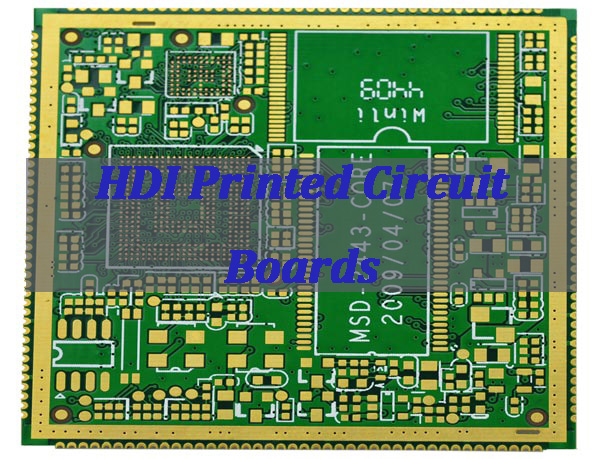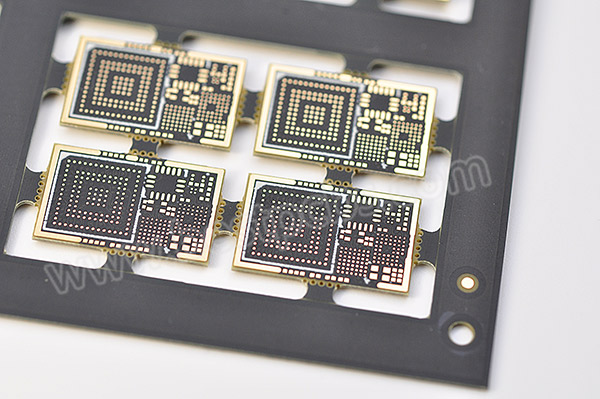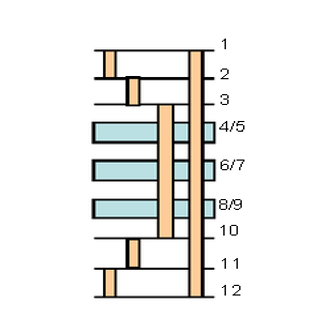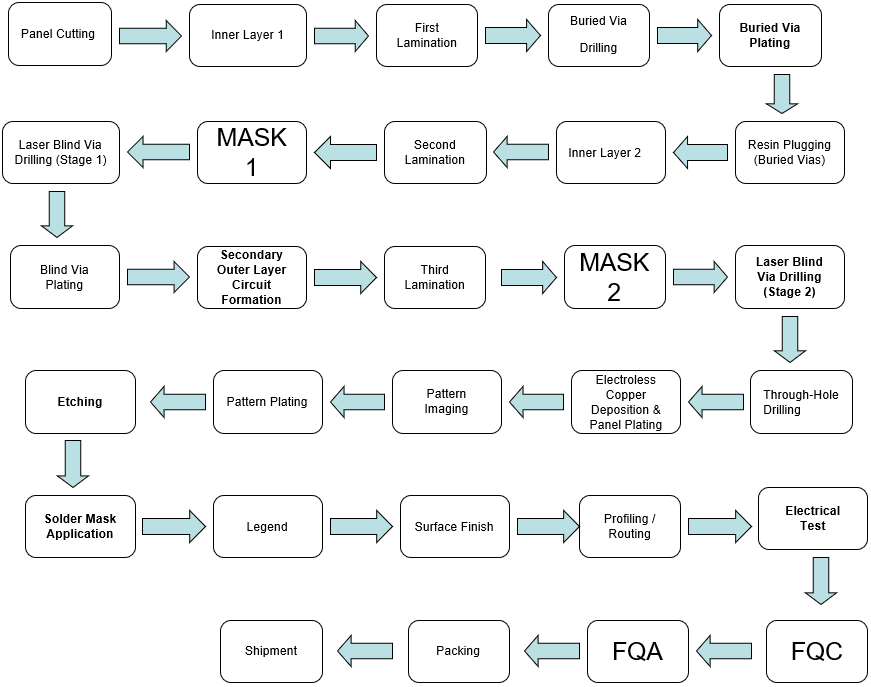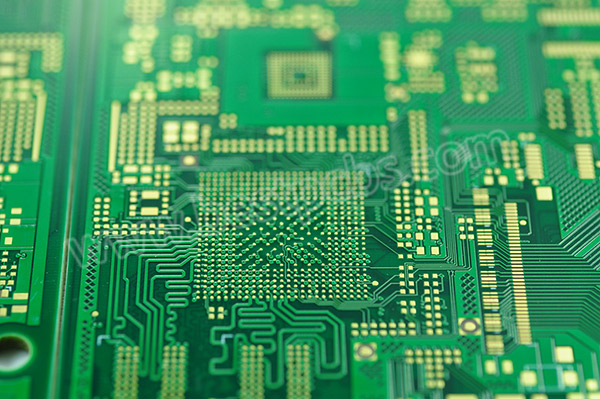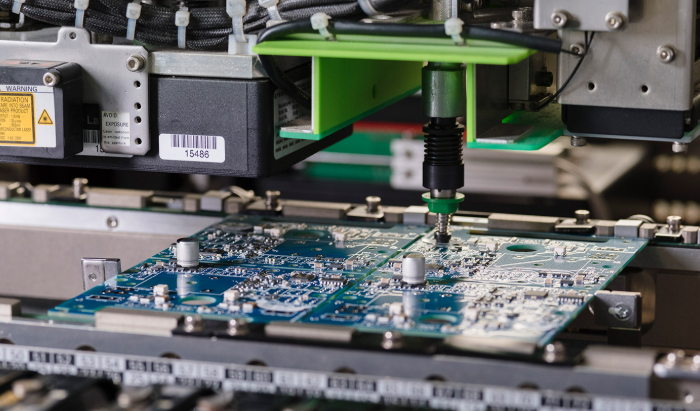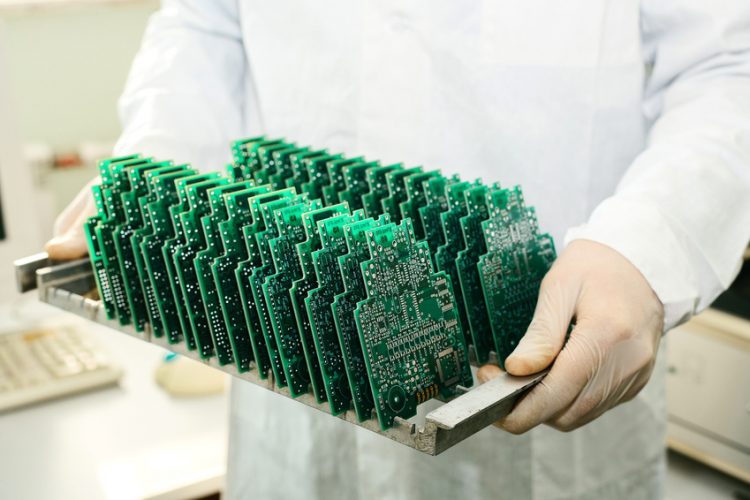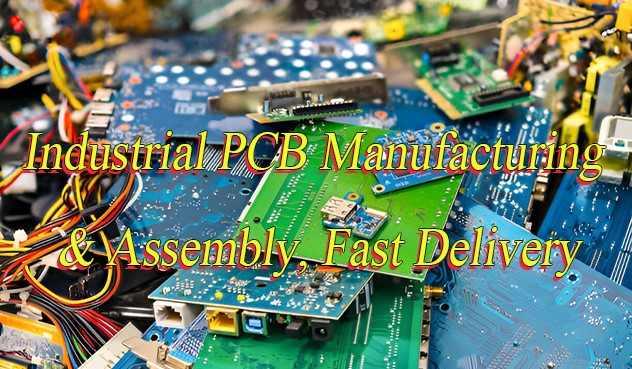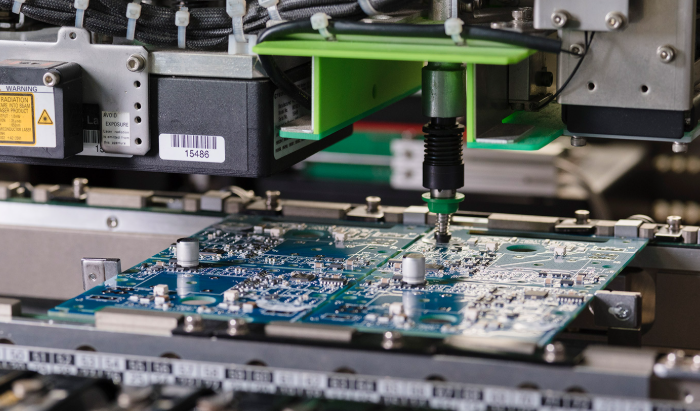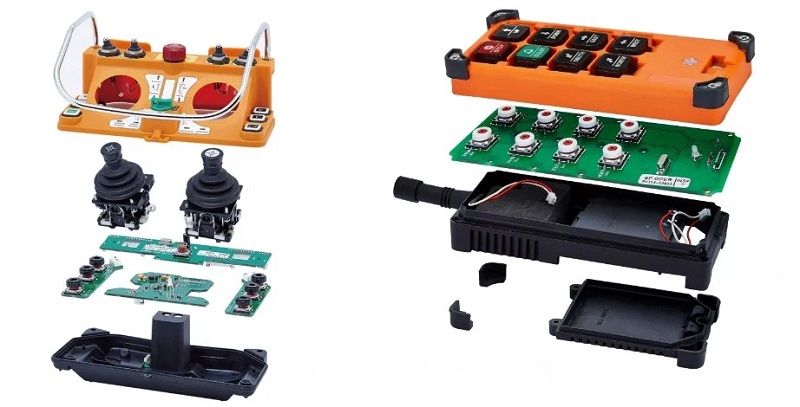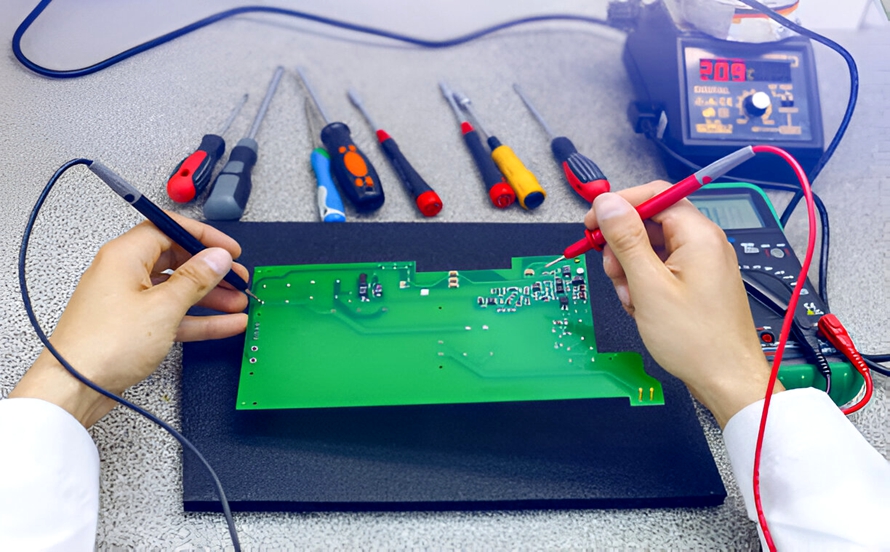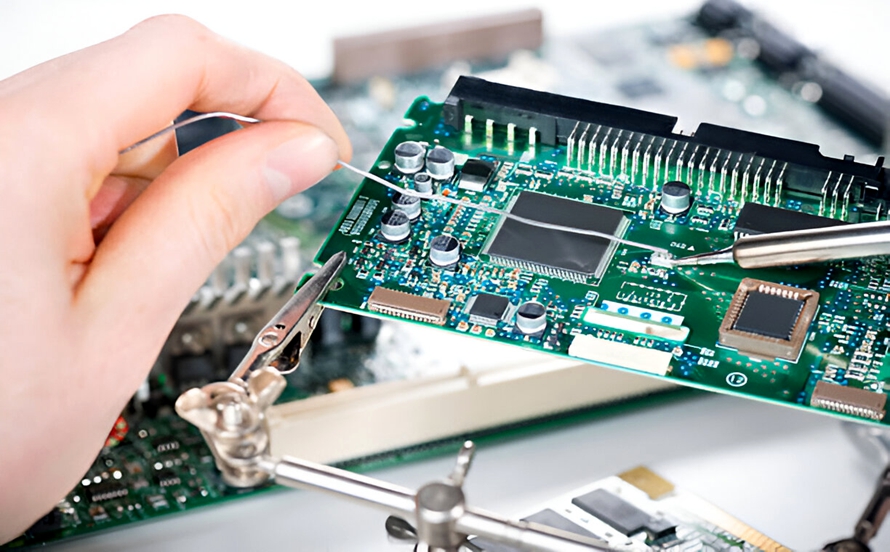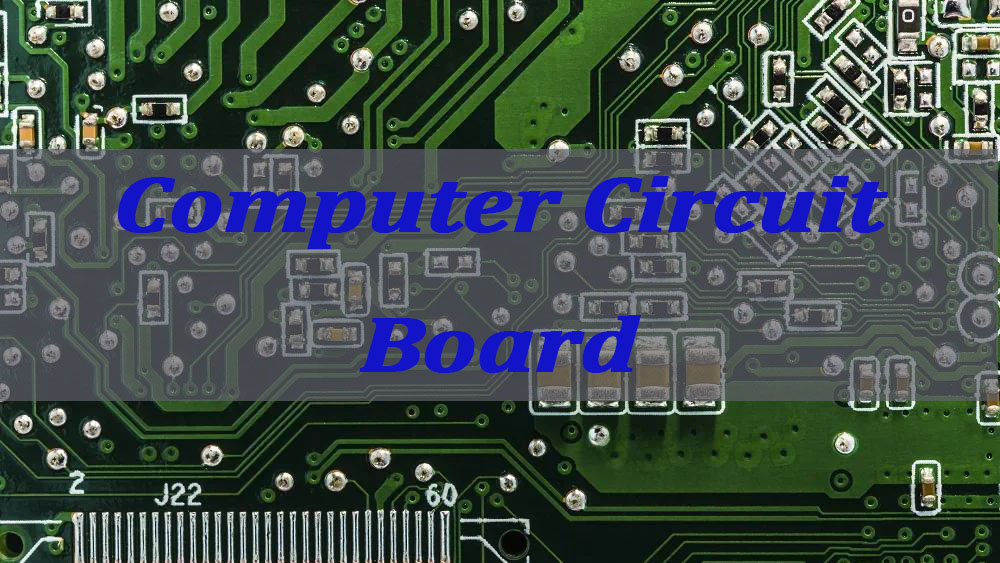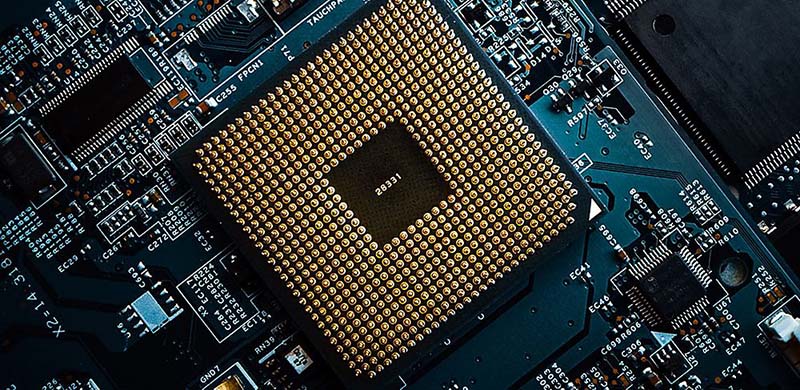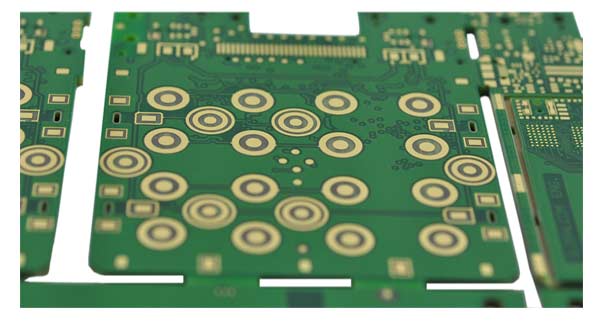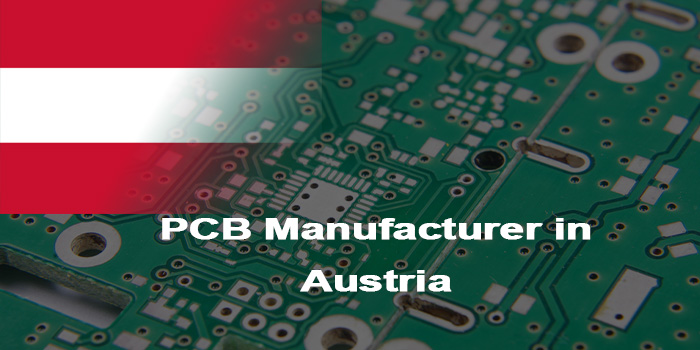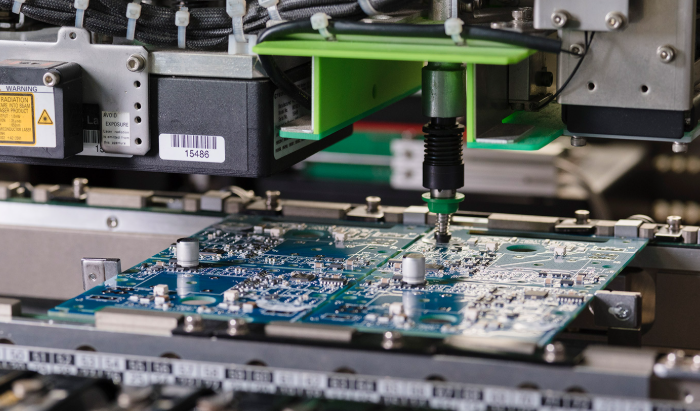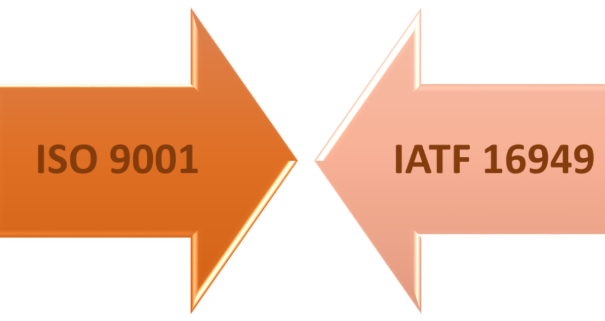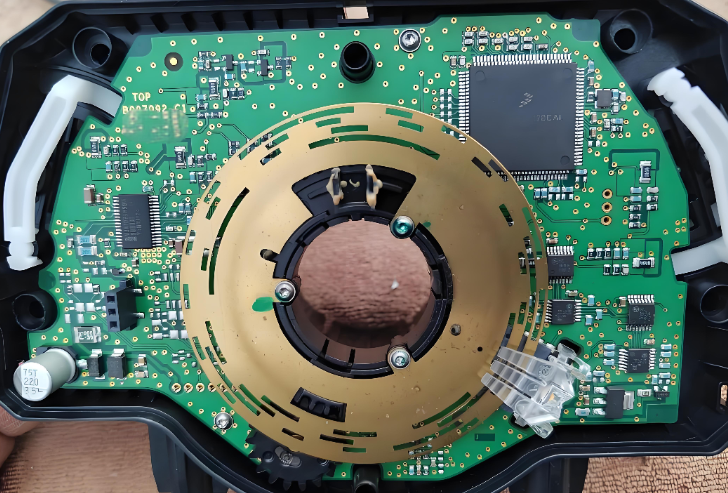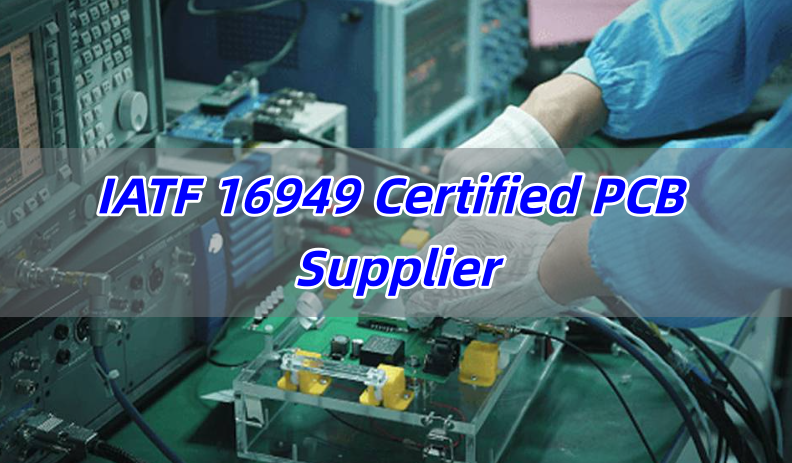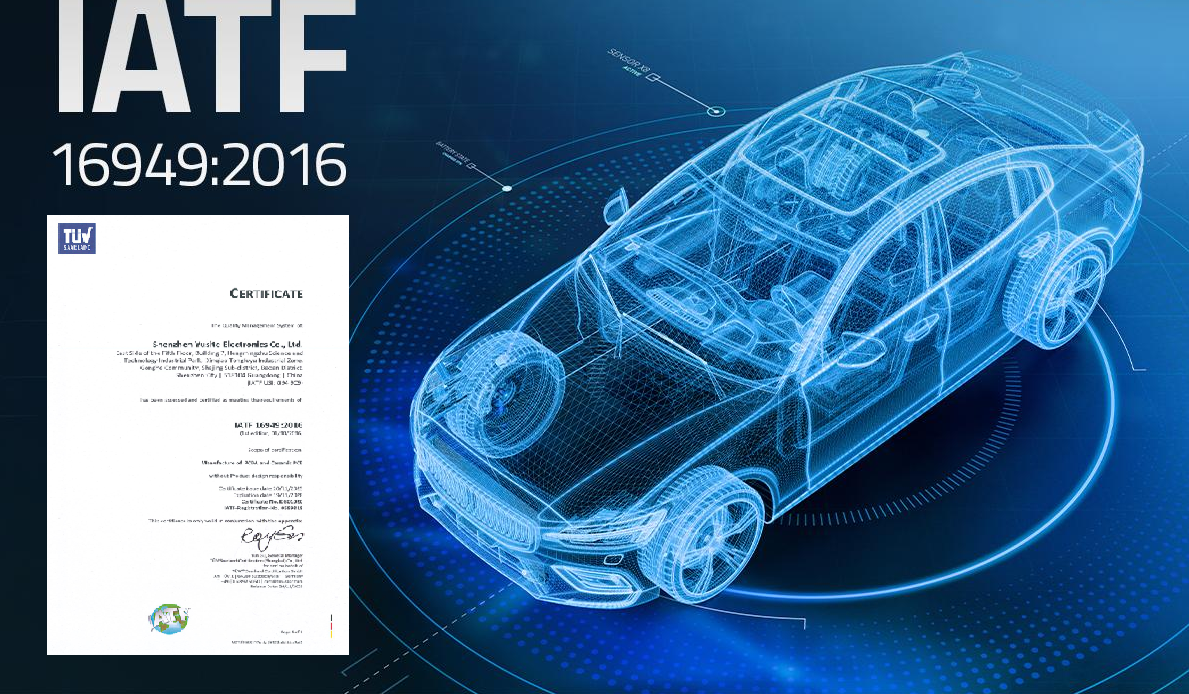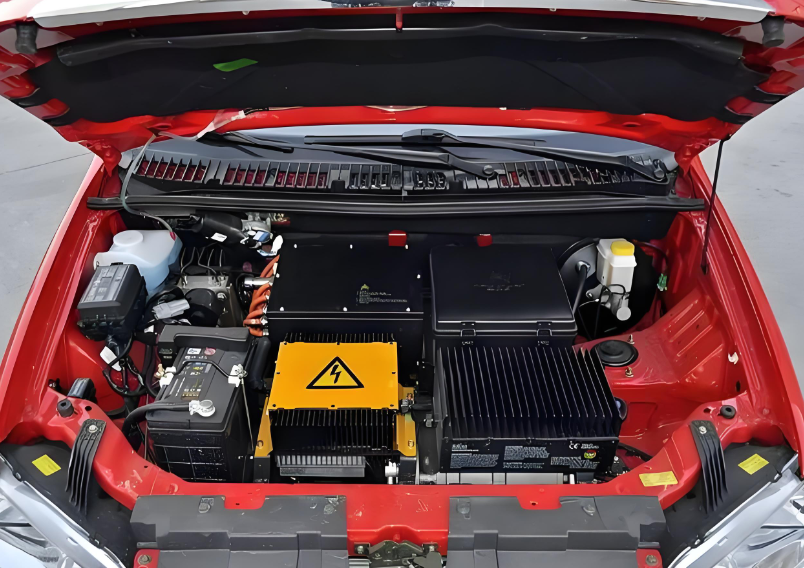In the fast-paced world of electronics, finding a reliable Switzerland PCB manufacturer is crucial for turning innovative designs into high-quality products. Whether you re working on medical devices, industrial controls, or consumer electronics, choosing the right Switzerland PCB manufacturer can make or break your project timeline and performance. As a leading Global PCB Manufacturer, we understand the unique demands of the Swiss market, precision, reliability, and efficiency are non-negotiable. We combine 19 years of industry expertise with advanced manufacturing technologies to deliver PCB solutions that meet the strictest standards, from rapid prototyping to large-scale production. Our commitment to transparency and quality has made us a trusted choice for businesses across Switzerland and beyond.

Are You Facing the Following Problems?
- PCB prototypes take too long to deliver, delaying your product development cycle and market launch opportunities.
- Design flaws are only discovered during production, leading to costly rework and extended timelines.
- Manufacturers quote low initial prices but add hidden fees for testing, materials, or urgent processing later.
- Small-batch orders are rejected or charged exorbitant fees, making it hard to validate new product designs.
- PCB quality is inconsistent, with frequent issues like poor solderability or impedance mismatches affecting product performance.
- Lack of clear communication channels, leaving you in the dark about your order progress.
Full-Process Guarantee from Requirement to Delivery
We understand that every challenge in PCB manufacturing can impact your business success, that’s why we’ve built a full-process service system to address these pain points head-on. For slow prototyping, we’ve dedicated 7 rapid production lines and an intelligent scheduling system to ensure 12-hour urgent delivery for simple boards and 24-48 hours for most prototyping needs, cutting your development cycle in half. To avoid design-related rework, our 50+ senior engineers provide free DFM (Design for Manufacturability) analysis within 2 hours of receiving your files, identifying potential issues like line width errors or via placement problems before production starts.
Transparency is at the core of our pricing, we provide detailed quotes that include all materials, processing, testing, and packaging costs, with a strict ‚Äúno hidden fees‚ÄĚ commitment. Whether you need 1 piece for prototyping or 10,000 pieces for mass production, we accept all order sizes with consistent quality and fair pricing. Our real-time order tracking system lets you check production progress anytime, and a dedicated account manager is available 24/7 to answer your questions. From design review to final delivery, we take care of every detail so you can focus on what you do best‚ÄĒinnovating.

Why Choose EBest Circuit (Best Technology) for Global PCB Manufacturer?
Reasons why choose EBest Circuit (Best Technology) for global PCB manufacturer:
- 19 Years of Industry Insight ‚Äď No Guesswork: We‚Äôve delivered 100,000+ PCB solutions for Swiss medical devices, automotive electronics, and industrial controls. Our team knows the strict DIN/IPC standards your projects demand, so we avoid costly ‚Äúlearning curves‚ÄĚ common with new manufacturers.
- All PCB Types Under One Roof ‚Äď Save Coordination Time: From rigid FR-4 boards for industrial sensors to flexible PCBs for wearable devices and HDI boards for compact medical tools, we handle it all. No need to juggle 3+ suppliers for different prototypes.?
- Precision That Meets Your CAD Files ‚Äď 99.8% First-Pass Yield: Our 64-layer capacity, 3mil line width/0.1mm aperture precision, and AI-powered impedance control mean your complex designs (even for high-frequency communication boards) translate perfectly to physical PCBs. We match your Gerber files down to the micron.?
- Transparent Pricing ‚Äď No Hidden Bills: Our quotes include material upgrades (e.g., Rogers high-frequency substrates), AOI testing, and Swiss domestic shipping ‚Äď no ‚Äúsurprise‚ÄĚ fees for compliance or urgent adjustments. 85% of our repeat clients cite ‚Äúcost predictability‚ÄĚ as a top reason to stay.?
- Quality That Passes Your Lab Tests ‚Äď ISO 13485/IATF 16949 Certified: Every batch goes through X-Ray inspection (for BGA joints), flying probe testing (100% electrical coverage), and temperature cycling (-40¬įC to 125¬įC). We provide a full test report with your order ‚Äď ready for your quality audit.?
- Free DFM Analysis ‚Äď Fix Issues Before They Cost You: Our senior engineers (average 12+ years experience) review your design within 2 hours, flagging issues like via placement errors or thermal stress points. This cuts rework time by 70% and gets your prototype to testing faster.?
- One-Stop Service ‚Äď From CAD to Your Bench: We handle design tweaks, prototyping, small-batch production, and even SMT assembly (01005 components supported). Upload your files by 3 PM CET, and get a prototype quote the same day.?
- 1-Piece Orders Welcome ‚Äď Test Ideas Without Overhead: We never penalize innovation. Our 1-piece prototyping (starting at ‚ā¨49) lets you validate new designs on a budget, while our scalable production lines seamlessly ramp up to 10,000+ units when you‚Äôre ready to launch.
Top Switzerland PCB Manufacturer List
| Company Name | Main Business | Process Capability | Lead Time |
| EBest Circuit (Best Technology) Co.,Ltd | PCB prototyping, small-batch production, mass production, HDI board manufacturing, custom PCB design support | 1-64 layers PCB, minimum line width/line spacing 3mil, minimum aperture 0.1mm, HDI, blind/buried vias, impedance control, thick copper board processing | 12-hour urgent prototyping, 24-48 hours for 1-4 layers, 3-7 days for 5-16 layers, mass production 7-15 days |
| Swiss Circuits AG | Industrial PCB manufacturing, automotive electronics PCB, medical device PCB | 1-32 layers, FR-4 and high-frequency materials, impedance control, thermal management boards | 5-10 days for prototyping, 12-20 days for mass production |
| Elektro Circuit GmbH | Consumer electronics PCB, IoT device PCB, PCB assembly services | 1-16 layers, SMT assembly, 01005 component mounting, BGA soldering | 3-7 days for prototyping, 8-15 days for mass production |
| Tech Print Switzerland | High-precision PCB, flexible PCB, rigid-flex PCB | 1-24 layers, flexible substrates, rigid-flex integration, fine-pitch processing | 7-12 days for prototyping, 15-25 days for mass production |
| Swiss PCB Solutions | Aerospace PCB, military-grade PCB, high-temperature resistant PCB | 1-40 layers, military standards compliance, high-temperature materials, radiation-resistant processing | 10-15 days for prototyping, 20-30 days for mass production |
How to Choose a Switzerland PCB ManufacturerÔľü
Selection Guide to Switzerland PCB Manufacturer:
- Match Process Capabilities to Your Design: List your non-negotiable specs first‚ÄĒlayer count, minimum line width/spacing, aperture size, and special processes (like impedance control or blind vias). Ask the manufacturer to provide test reports for similar projects to avoid mismatches.‚Äč
- Validate Industry Certifications: For automotive projects, confirm IATF16949; for medical devices, ISO13485 is a must. Basic ISO9001 is non-negotiable, but sector-specific certs prove they understand your compliance needs.‚Äč
- Test Their Urgent Order Reliability: Ask for their real on-time delivery rate (not just marketing claims) for prototypes (1-4 layers) and complex boards (16+ layers). Inquire about backup production lines for last-minute design tweaks.‚Äč
- Dig Into Pricing Transparency: Demand a breakdown that includes materials, processing, testing (AOI/X-Ray), and Swiss domestic shipping. Clarify if there are extra fees for urgent changes or compliance documentation‚ÄĒhidden costs kill project budgets.‚Äč
- Assess Technical Support Speed: Send a sample DFM question (e.g., ‚ÄúHow would you optimize this thermal via placement?‚ÄĚ) and track response time. A team that replies within 4 hours (during CET working hours) saves you weeks of delays.‚Äč
- Check Peer Reviews & Industry Case Studies: Look for clients in your field‚ÄĒan aerospace PCB maker may not excel at consumer electronics. Ask for references or case studies showing how they solved similar design challenges.‚Äč
- Confirm Flexible MOQ Policies: Innovation shouldn‚Äôt cost extra. Ensure they accept 1-piece prototyping without markup, and can scale seamlessly from 10 units (validation) to 10,000 units (mass production).‚Äč
- Clarify After-Sales Commitments: Get their defect handling process in writing. Reliable partners will offer a 48-hour root-cause analysis for faulty boards and cover rework/shipping costs for their mistakes.

Core Pain Points of PCB Manufacturing Company Switzerland
- Order fragmentation leads to low production efficiency for manufacturers, resulting in longer lead times for small-batch and prototype orders.
- High requirements for precision and reliability in industries like medical and automotive increase manufacturing difficulty and quality control costs.
- Fluctuations in raw material prices (such as copper foil and high-frequency substrates) lead to unstable PCB pricing.
- Lack of real-time production data sharing makes it difficult for customers to track order progress, causing communication inefficiencies.
- Inadequate technical support from manufacturers results in frequent design-manufacturing mismatches, increasing rework rates.
- Stringent environmental regulations in Switzerland raise production costs for manufacturers, which are often passed on to customers.
- Shortage of professional PCB engineers leads to slow response to complex technical requirements.
How to Evaluate a Switzerland PCB Manufacturer’s Production Capacity?
Evaluation Guide to the Production Capacity of Switzerland PCB Manufacturer:
1. Equipment Strength: Focus on Configuration and Advancement: Ask for a detailed equipment list (brand + model) ‚ÄĒ laser drilling machines, automated laminators, and high-speed SMT lines indicate higher precision. Request video factory audits to check if equipment is in normal operation, not just stored.
2. Quantitative Capacity: Verify with Actual Data: Don‚Äôt just ask ‚Äúmonthly output‚ÄĚ ‚ÄĒ demand specific metrics like ‚Äú15,000 square meters of 1-16 layer PCBs per month‚ÄĚ or ‚Äú300+ prototype models daily‚ÄĚ. Request 3-month production reports to avoid capacity overstatement.
3. Process Coverage: Match Your Core Needs: Confirm if they handle your must-have processes (e.g., blind/buried vias for HDI boards, thick copper for power supplies). Ask for case studies ‚ÄĒ e.g., ‚ÄúHow many 64-layer PCBs did you produce last quarter?‚ÄĚ.
4. Material Compatibility: Cover Your Substrate Requirements: Check if they work with your materials (FR-4, Rogers high-frequency substrates, flexible PI). Reliable manufacturers have authorized partnerships with top material suppliers (e.g., Isola, Panasonic).
5. Scheduling Efficiency: Prioritize Digital Systems: Choose manufacturers using MES (Manufacturing Execution System) ‚ÄĒ it enables real-time order tracking and reduces scheduling errors. Ask: ‚ÄúHow quickly can you adjust production for a 24-hour urgent order?‚ÄĚ.
6. Urgent Order Capability: Count Dedicated Lines: The number of rapid prototyping lines directly affects delivery ‚ÄĒ 5+ dedicated lines mean they can handle urgent orders without delaying mass production. Confirm their shortest lead time (e.g., 12-hour for 2-layer boards).
7. Supply Chain Stability: Check Key Material Partnerships: Ask for a list of long-term suppliers (e.g., copper foil, solder mask). Manufacturers with 3+ years of cooperation with tier-1 suppliers avoid production halts due to material shortages.
8. Team Competence: Engineers Determine Problem-Solving Ability: Inquire about the ratio of senior engineers (10+ years experience) ‚ÄĒ it should be over 30%. Test their responsiveness with a technical question (e.g., ‚ÄúHow to optimize impedance control for 5G PCBs?‚ÄĚ).

How to Evaluate the Quality Control of a Switzerland PCB Manufacturer?
Evaluation Guide to the Quality Control of Switzerland PCB Manufacturer:
1. Certifications: Prioritize sector-specific certifications over basic ones, automotive needs IATF16949, medical requires ISO13485, and aerospace demands AS9100. Ask for a copy of the certification (not just a logo) and verify its validity via the issuing body’s database.?
2. Testing Equipment: Ensure they have AOI (for solder joint defects), X-Ray (for BGA internal connections), flying probe testers (for 100% electrical coverage), and environmental chambers (for temperature/humidity tests). Request calibration reports for key equipment‚ÄĒexpired calibration renders test results useless.?
3. Incoming Material Inspection (IQC): They must conduct 100% inspection on substrates, copper foil, and solder mask. Ask for IQC records (e.g., material test reports from suppliers + in-house check data) and confirm their suppliers are tier-1 (e.g., Isola, Rogers) to avoid substandard raw materials.?
4. In-Process Control: For critical steps like lamination and electroplating, check if they use real-time monitoring (e.g., temperature/pressure sensors for lamination). Ask for a process control plan (PCP) that outlines sampling frequency‚ÄĒat least 1 sample per 50 boards for high-layer PCBs.?
5. Finished Product Testing: They must perform electrical testing (open/short), appearance inspection (per IPC-A-600 standard), and impedance testing (if your design requires it). Insist on a batch-specific test report that includes pass/fail data and inspector signatures‚ÄĒno report = untested.?
6. Defect Metrics: Request their last 6 months‚Äô DPPM (Defects Per Million Opportunities) ‚ÄĒ reliable manufacturers have DPPM ‚ȧ 200 for industrial PCBs. Also, check customer complaint rates‚ÄĒanything above 0.5% indicates inconsistent quality.
7. Traceability System: A robust system lets you trace a PCB‚Äôs material batch, production operator, testing results, and even equipment used‚ÄĒvia a unique batch number. Test this by asking: ‚ÄúCan you show me all data for batch #XXX from 3 months ago?‚ÄĚ
8. Quality Issue Handling: Confirm they provide a written process: 48-hour root-cause analysis for defects, 72-hour solution proposal, and compensation for their errors (e.g., free rework + shipping). Avoid manufacturers with vague ‚Äúcase-by-case‚ÄĚ policies.
How to Evaluate a Switzerland PCB Manufacturer‚Äôs Lead TimeÔľü
Evaluation Guide to the Lead Time of Switzerland PCB Manufacturer:
1. Confirm Standard Lead Times with Layer-Specific Data: Ask for a categorized lead time table (e.g., 1-4 layers, 5-16 layers, 17-64 layers) instead of vague statements. Compare with Swiss industry benchmarks‚ÄĒreliable manufacturers deliver 1-4 layer prototypes in 24-48 hours, 5-16 layers in 3-7 days, and mass production in 7-15 days (reference data from top local manufacturers).
2. Verify Urgent Delivery Capabilities & Cost Transparency: Clarify the shortest lead time for urgent orders (e.g., 12-hour for 2-layer boards) and confirm if there are tiered fees (e.g., 20% surcharge for 24-hour delivery vs. 50% for 12-hour). Ask for a written urgent service agreement to avoid post-order price hikes.
3. Assess Scheduling Flexibility for Priority Adjustments: Test with a scenario: ‚ÄúIf I need to prioritize my 100-piece order over an existing batch, how quickly can you adjust?‚ÄĚ Reliable partners will have a clear priority mechanism (e.g., dedicated rapid lines) instead of vague ‚Äútry our best‚ÄĚ promises.
4. Check On-Time Delivery Rate with Actual Records: Request the last 6 months‚Äô delivery data (not just customer reviews) , focus on on-time rate for orders with similar complexity to yours. A rate ‚Č•95% is acceptable; top manufacturers maintain ‚Č•98% for standard orders.
5. Demand Contingency Plans for Common Delays: Ask specific questions: ‚ÄúWhat if your laser drilling machine breaks down?‚ÄĚ or ‚ÄúHow do you handle copper foil shortages?‚ÄĚ Qualified manufacturers will have backup equipment (‚Č•2 sets for key processes) and 3+ tier-1 material suppliers to avoid halts.
6. Evaluate Logistics Reliability for Swiss Delivery: Confirm their long-term logistics partners (e.g., DHL, Swiss Post) and average delivery time from factory to your location. For Swiss domestic shipments, door-to-door service within 1-2 business days is standard‚ÄĒavoid manufacturers relying on third-party brokers with unclear timelines.
7. Validate Real-Time Tracking granularity: Ensure their tracking system covers full lifecycle: order confirmation ‚Üí production start ‚Üí key process completion ‚Üí testing pass ‚Üí shipment. Ask for a demo‚ÄĒtop systems send automated updates (email/SMS) when the order moves to the next stage.
8. Get Delayed Delivery Compensation in Writing: Reference industry compensation standards , require clear terms: e.g., ‚Äú1% discount per day delayed (max 10%) for standard orders; free rework + expedited shipping for delays caused by manufacturer.‚ÄĚ Avoid vague ‚Äúcase-by-case‚ÄĚ policies.
Frequently Asked Questions About Switzerland PCB Manufacturer
Q1: How can I reduce the cost of PCB prototyping?
A1: Choose a manufacturer that offers free DFM analysis to avoid rework costs; take advantage of prototyping promotions (we offer free 1-6 layer PCB prototyping for new customers); and optimize your design to use standard materials and processes instead of custom ones.
Q2: What should I do if my PCB design has special technical requirements?
A2: Communicate your requirements (such as impedance control, high-temperature resistance) with the manufacturer’s engineering team in advance; provide detailed design files and technical specifications; and ask for a pre-production sample to verify whether it meets the requirements.
Q3: How to confirm that the PCB meets the environmental protection requirements of the European Union?
A3: Choose a manufacturer that can provide RoHS and REACH certification reports; confirm that they use lead-free soldering and environmentally friendly materials; and ask for a material declaration (MSDS) for key components.
Q4: What if the delivered PCB has quality problems?
A4: Contact the manufacturer’s after-sales team immediately and provide photos and test reports of the defective products; reliable manufacturers will conduct a root cause analysis within 24 hours and provide solutions such as rework, replacement, or refund (we promise to bear all costs for quality problems caused by us).
Q5: Can I change the order requirements after placing the order?
A5: It depends on the production progress, if the production has not started, changes can be made free of charge; if it is in the middle of production, there may be additional costs for rework. We recommend confirming the order details carefully before production, and our account manager will remind you of key points.



